Big cats, such as lions, tigers, leopards, and jaguars, have fascinated humans for centuries with their grace, power, and mystery. However, beyond their iconic status, these majestic creatures play a crucial role in maintaining the health and stability of their ecosystems. This article delves into the significant ecological contributions of big cats, exploring their function as apex predators and their impact on biodiversity and habitat conservation.
The Importance of Apex Predators

Apex predators, like big cats, occupy the top of the food chain with no natural predators of their own. Their predation helps regulate species population and maintain balanced ecosystems. By controlling herbivore populations, big cats prevent overgrazing, which can lead to habitat degradation. This regulation ensures that plant life can thrive, supporting diverse animal and plant communities.
Maintaining Biodiversity

Big cats contribute to preserving biodiversity within their habitats. By preying on weak, sick, or old animals, they promote genetic health and vitality among prey species. This culling process helps sustain a strong gene pool within prey populations, which supports ecosystem resilience and adaptability.
Influencing Prey Behavior
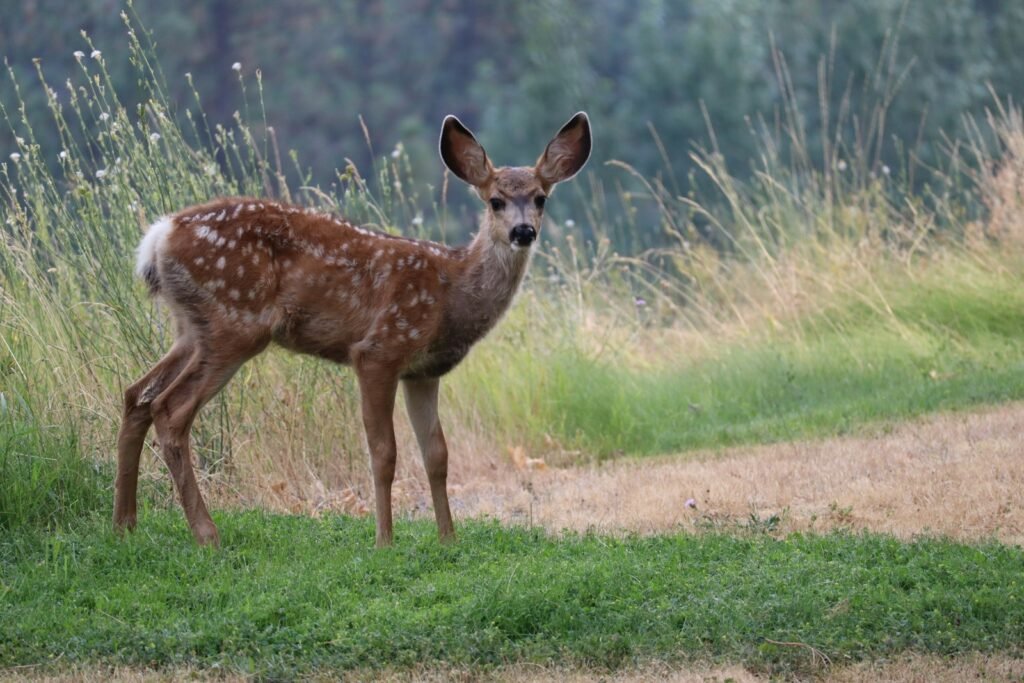
The presence of big cats impacts the behavior and distribution of prey species. Herbivores, aware of potential threats, modify their grazing patterns and movements. This behavior prevents localized overgrazing and encourages even distribution of vegetation, maintaining habitat quality. The balance of flora and fauna ensures resources are evenly spread, providing broader ecological benefits.
Facilitating Seed Dispersal
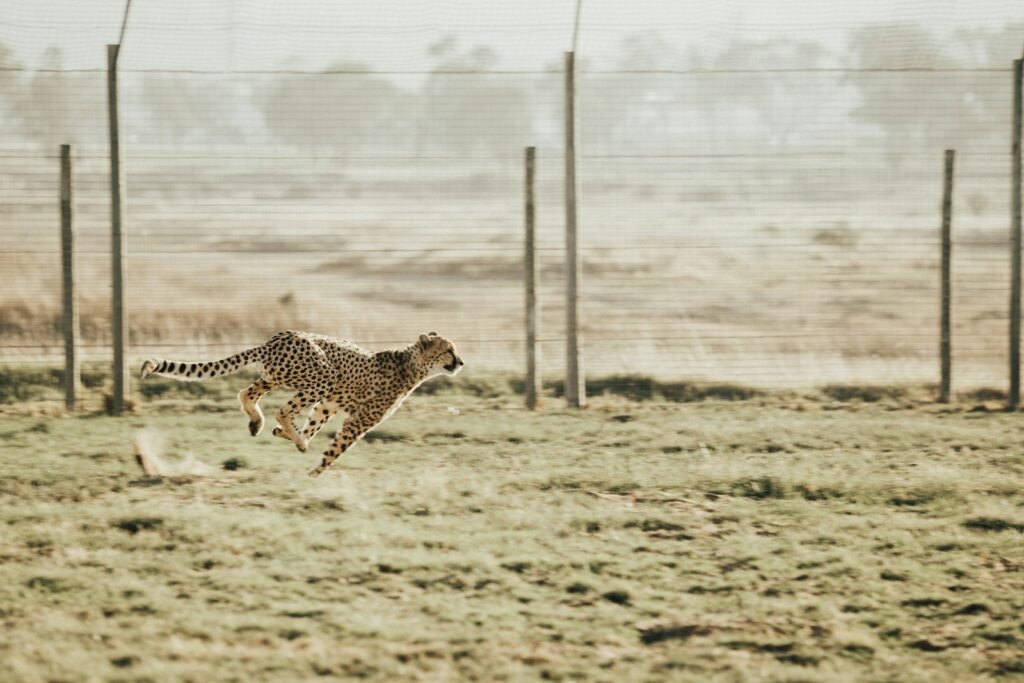
Big cats indirectly aid in the dispersal of seeds. As they hunt and feed across wide territories, they influence the movements of their prey animals. Ungulates and other prey unintentionally assist plant regeneration and genetic exchange across regions by relocating seeds via fur or digestive processes.
Habitat Creation and Maintenance
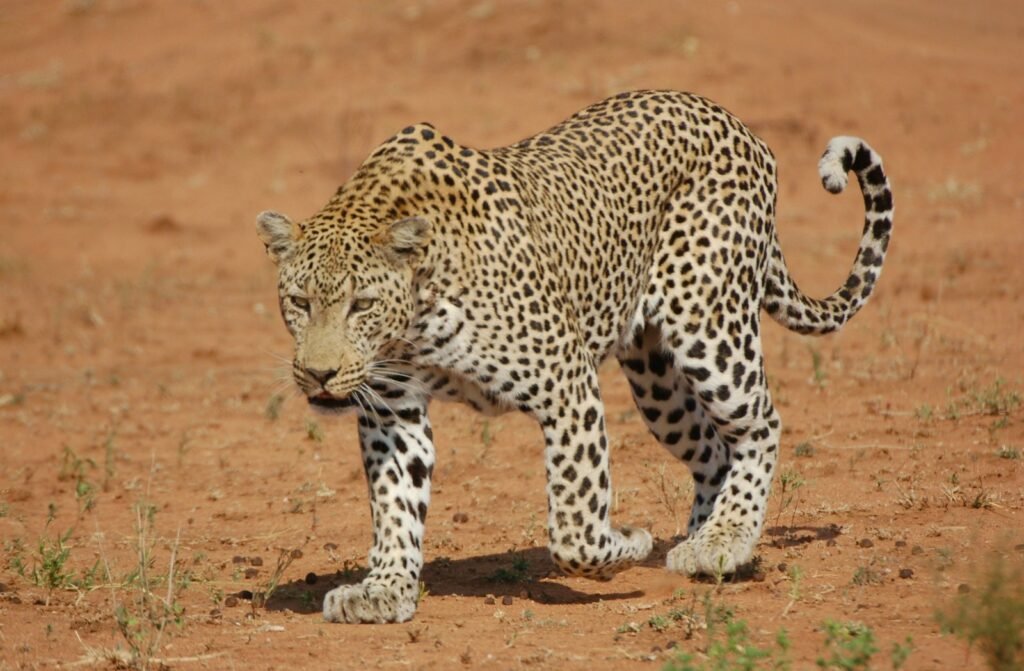
The carcasses left by big cats support a wide range of scavengers and decomposers, from hyenas and vultures to insects and microbes. This feeding dynamic creates nutrient-rich patches in the ecosystem, fostering plant growth and supporting diverse life forms. Such interactions highlight the interconnectedness of food webs and the critical role big cats play.
Role in Cultural and Economic Value
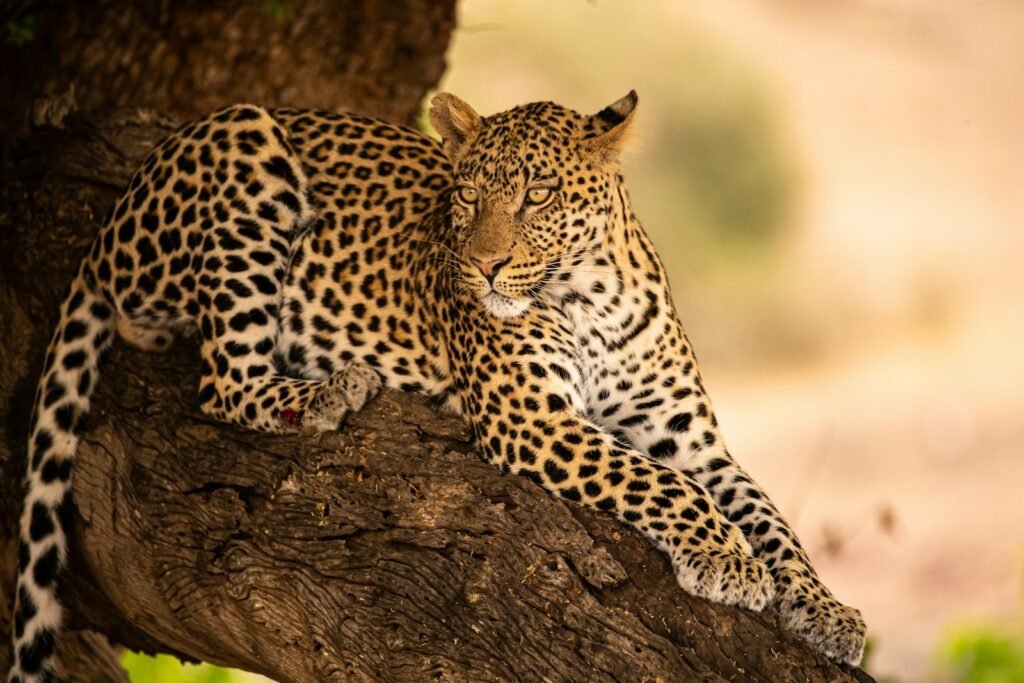
Big cats hold cultural significance in many communities and contribute to tourism-based economies. Their presence in wildlife reserves attracts tourists, generating vital revenue that supports local economies and conservation initiatives. Efforts to preserve big cat populations often involve protecting large areas, benefiting entire ecosystems.
Challenges Facing Big Cats
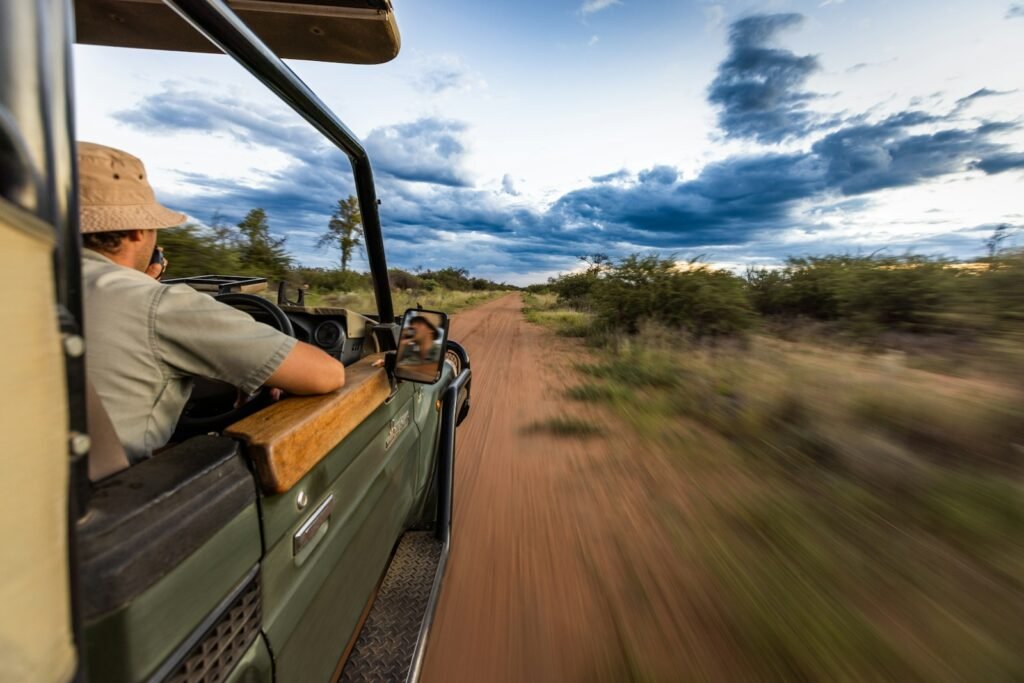
Despite their ecological importance, big cats face numerous threats, including habitat loss, human-wildlife conflict, and poaching. These challenges, exacerbated by climate change and rapid urbanization, threaten their survival and, subsequently, the ecosystems they support. Effective conservation strategies and community engagement are essential to preserve these apex predators.
Conservation Efforts and Solutions

Efforts to protect big cats involve habitat conservation, anti-poaching initiatives, and community outreach programs. Establishing wildlife corridors, enforcing stricter wildlife trade laws, and promoting coexistence with local communities are crucial steps. By addressing human-wildlife conflict and educating the public about their ecological value, we can work towards sustainable solutions for big cat preservation.
The Future of Big Cats and Their Ecosystems
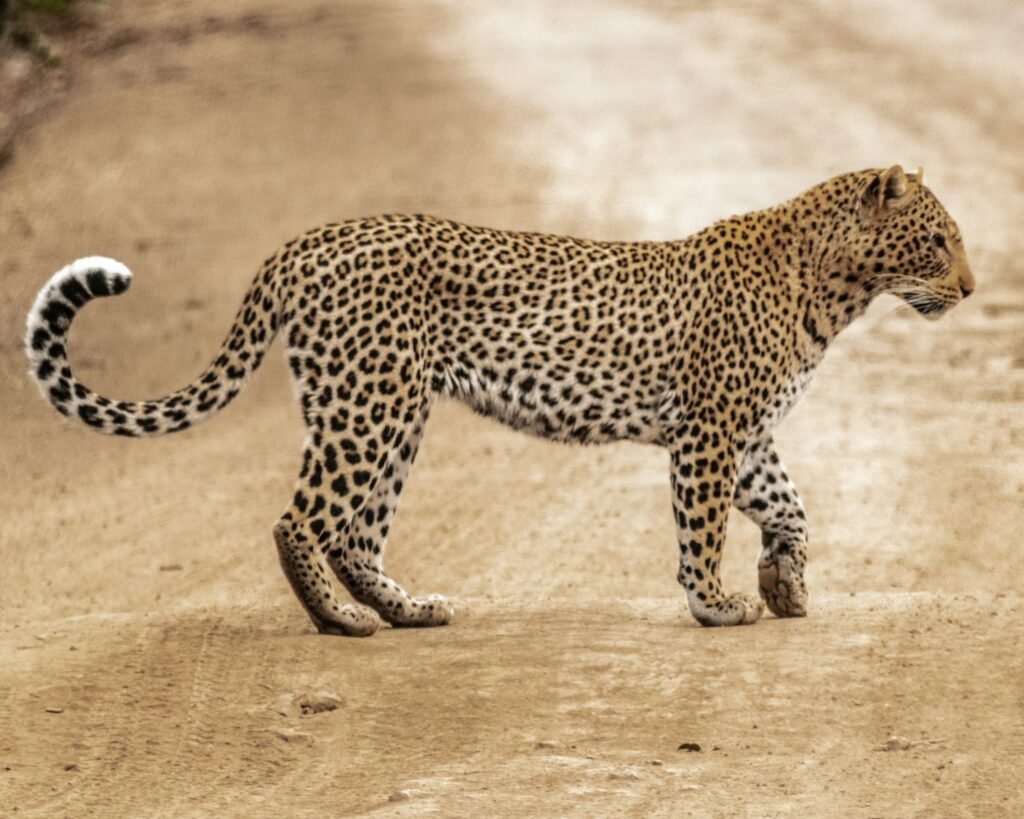
Innovative conservation strategies, utilizing technology and scientific research, offer hope for reversing the decline of big cat populations. Satellite tracking, genetic studies, and community-based conservation initiatives are some of the tools aiding researchers and conservationists in ensuring the survival of these predators and their habitats.
Conclusion: The Indispensable Role of Big Cats
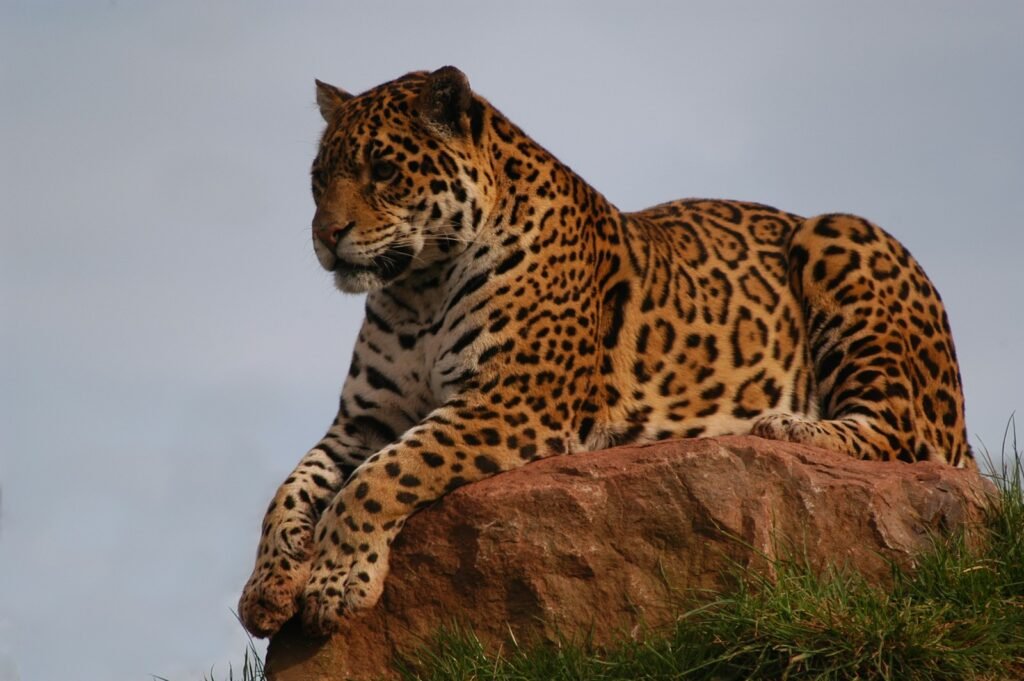
Big cats are more than iconic species; they are vital components in the intricate balance of ecosystems. As apex predators, they help maintain biodiversity, shape their environments, and support ecological processes. Protecting these magnificent creatures reverberates beyond preserving wildlife; it enables the conservation of entire ecosystems, benefiting biodiversity and humanity alike. By understanding and acting upon the crucial role of big cats, we can ensure a balanced and thriving planet for future generations.

Suhail Ahmed is a passionate digital professional and nature enthusiast with over 8 years of experience in content strategy, SEO, web development, and digital operations. Alongside his freelance journey, Suhail actively contributes to nature and wildlife platforms like Feline Fam, where he channels his curiosity for the Feline into engaging, educational storytelling.
With a strong background in managing digital ecosystems — from ecommerce stores and WordPress websites to social media and automation — Suhail merges technical precision with creative insight. His content reflects a rare balance: SEO-friendly yet deeply human, data-informed yet emotionally resonant.
Driven by a love for discovery and storytelling, Suhail believes in using digital platforms to amplify causes that matter — especially those protecting Earth’s biodiversity and inspiring sustainable living. Whether he’s managing online projects or crafting wildlife content, his goal remains the same: to inform, inspire, and leave a positive digital footprint.






